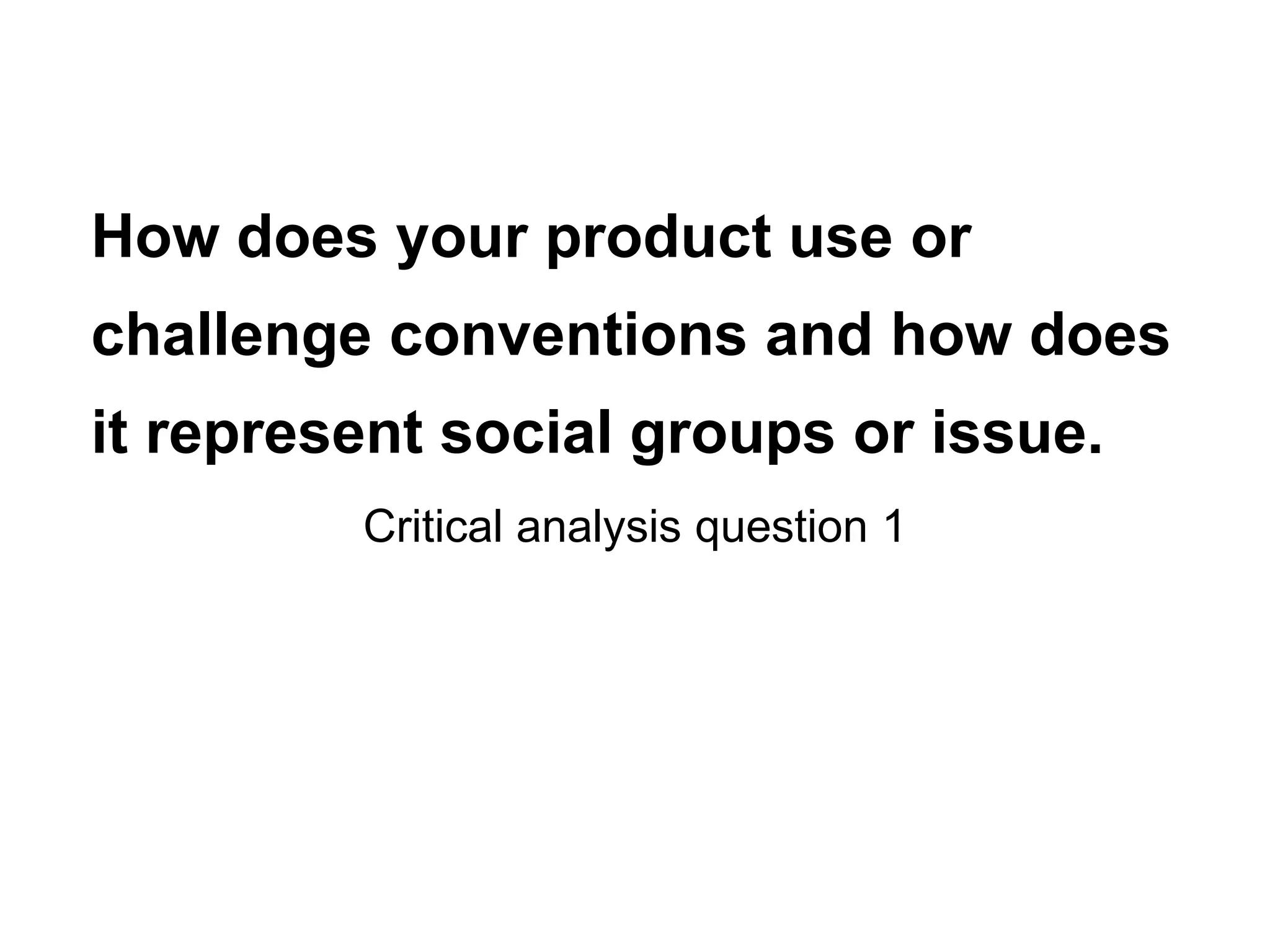
Unveiling the Culinary Conundrum of "Nord Bei Nordwest – Fette Ente mit Pilzen": A Critical Analysis
In the heart of the picturesque German countryside, the culinary enigma known as "Nord Bei Nordwest – Fette Ente mit Pilzen" (Fried Duck with Mushrooms) has sparked a gastronomic and intellectual debate. This tantalizing dish, a staple in the north-western region of the country, has garnered both ardent adoration and bewildered criticism, leaving food enthusiasts perplexed.
Delving into Culinary Traditions
The origins of "Fette Ente mit Pilzen" trace back to humble beginnings in the rural communities of northern Germany. Over centuries, this dish has evolved into a cherished culinary tradition, closely interwoven with the region's cultural identity. Locals swear by its heartwarming essence, while culinary purists often regard it with a mixture of curiosity and skepticism.
Clash of Flavors: A Culinary Paradox
At first glance, the combination of fatty, crispy duck and earthy, umami-rich mushrooms seems like an unlikely culinary pairing. However, proponents argue that the contrast between the rich, savory duck and the delicate, woodsy mushroom flavors creates a harmonious balance, akin to a culinary symphony. The fatty duck meat melts in the mouth, while the mushrooms add a subtle complexity, enhancing the overall experience.
Detractors, on the other hand, contend that the excessive fattiness of the duck overwhelms the delicate flavors of the mushrooms, resulting in a dish that is more gluttonous than gustatory. They argue that the inherent heaviness of the duck meat overshadows the nuanced flavors that the mushrooms could potentially offer.
Cultural and Regional Influences
The perception of "Fette Ente mit Pilzen" is undoubtedly influenced by cultural and regional factors. In northern Germany, where the dish has its roots, it is often served as a celebratory meal or a comforting dish to ward off the cold winter months. Its familiarity and nostalgia play a significant role in its appeal among locals.
Outside of its traditional region, however, the dish may encounter resistance from palates accustomed to lighter, more refined cuisines. Cultural biases and expectations can shape one's perception of a particular dish, affecting its overall reception.
Health and Nutritional Concerns
The high fat content of "Fette Ente mit Pilzen" has also raised concerns among health-conscious individuals. While the dish is undoubtedly indulgent, its nutritional value is questionable. The excessive fat can contribute to increased cholesterol levels, weight gain, and other health issues.
Proponents of the dish, however, argue that it should be enjoyed in moderation as part of a balanced diet. They emphasize that it is not meant to be consumed on a regular basis and should be savored as an occasional treat.
Conclusion: Embracing Culinary Diversity
The culinary conundrum of "Nord Bei Nordwest – Fette Ente mit Pilzen" has no easy solution. Its appeal is rooted in both tradition and personal preferences. While some may revel in its hearty flavors, others may find its fattiness overwhelming. It is a dish that polarizes diners, sparking discussions about culinary tastes, cultural influences, and health concerns.
Ultimately, the true value of "Fette Ente mit Pilzen" lies in its ability to provoke culinary curiosity and foster a deeper understanding of regional gastronomic traditions. By embracing culinary diversity and engaging in informed discussions, we can appreciate the nuances and complexities that make each dish unique.
0 Comments: